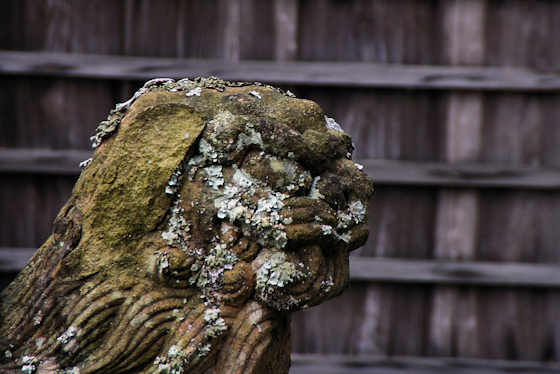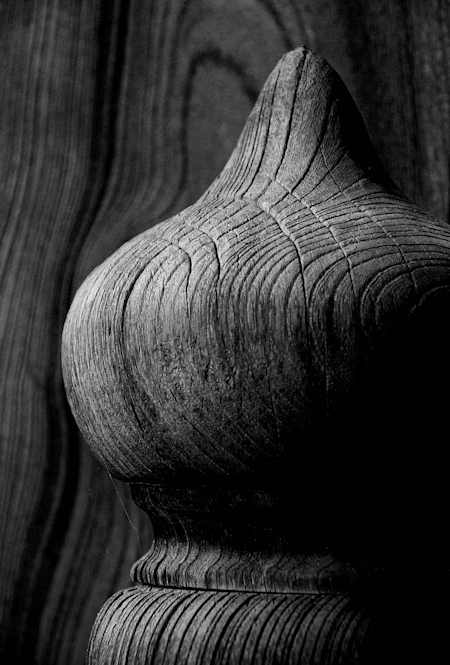Tuesday, September 17, 2024
Art of Hashikuraji Temple
Sunday, September 15, 2024
Hashikura Temple 4 Shikoku Fudo Myo Pilgrimage
Thursday, August 1, 2024
Nagaheta Konpira Shrine
Wednesday, February 8, 2023
Iwami Hachimangu
Iwami Hachimangu
Iwami Hachimangu is the largest of a cluster of 4 shrines lined up at the base of the small mountain that used to have a castle on top.
It is located along theGinzan kaido, one of the the roads that lead from the sea up into the former silver mine of Iwami Ginzan.
The castle and shrine are associated with the Mori clan who controlled the area until the Edo period when the Shogunate took over the mine and its environs.
The other shrines are a Wakamiya Shrine, a Konpira Shrine, and one called Ubo-gu. It's not clear if any of these shrines were here before the Hachimangu and castle were established in the 16th century.
Route 31, the main road from Nima up to Omori runs close by and the shrine becomes very visible when the cherry blossoms are in full bloom.
I was on my way to Omori on day 4 of my walk along the Iwami Kannon pilgrimage.
Monday, April 11, 2016
Ensei-ji & Konpira-sha
Enseiji Temple, located down a small side street in Hagi is an example of something that was once the norm but is now unusual, it is both a temple and a shrine on the same site.
It is home to the biggest stone lantern in the prefecture as well as a huge Tengu mask. It is famous for being the temple where Ito Hirobumi, Japans first Prime Minister, studied as a child. I did hear that his uncle was a priest here.
The reason given why the shrine and temple were not forced to seperate is that they were holding writings of an imperial princess from several centuries earlier. As stated it doesnt make sense, but they were not forced to separate.
The shrine is a Konpira, a branch of the famous one on Shikoku known for protection for sea journeys. The temple part is Shingon and the honzon is a Jizo. The temple was founded in the 13th Century, a long time before the castle town was built.





























































